

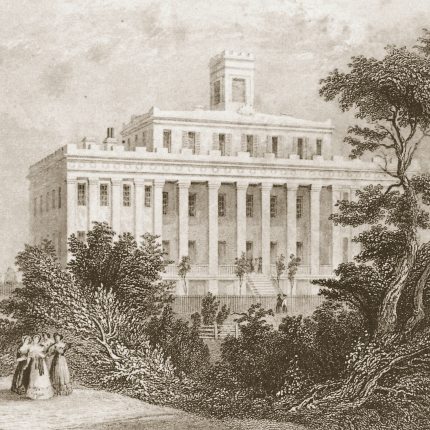
Founded on May 15, 1851, Alpha Delta Pi is the oldest secret society for college women in the world. Established at Wesleyan College in Macon, Georgia, the first college chartered to grant degrees to women in the world, the story of Alpha Delta Pi is a remarkable one. And it all began as a young girl’s dream.
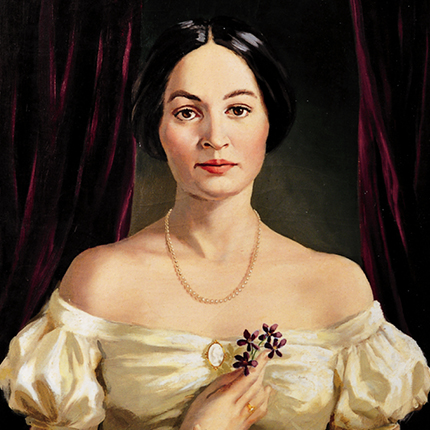
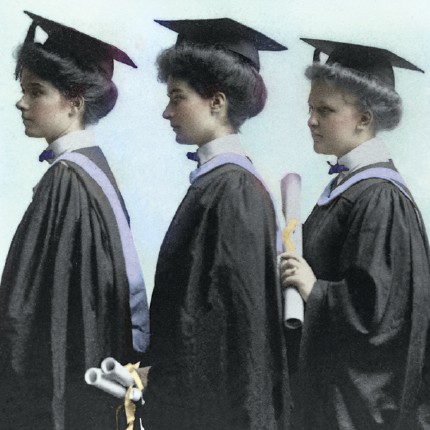
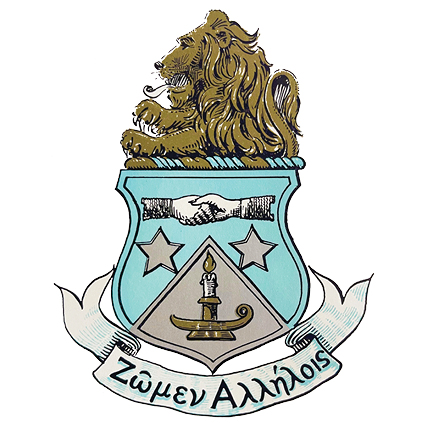
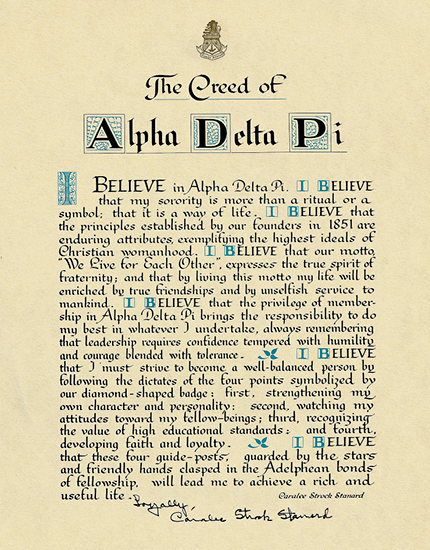
Eugenia Tucker was just sixteen years old when she left her family home in Laurens County, Georgia, to enter Wesleyan College. Before the end of her first year, she would establish the first sorority in the world. Later, she would reflect on her inspiration for the founding of the Adelphean Society. This was a new world . . . she found that many of her classmates thought more of mischievous enjoyment than their lessons. And so, by and by, a sober thought entered her brain—could she influence her friends to join her in forming an association for improvement?
The Adelphean Society flourished immediately after the May 15, 1851, founding. Before the end of that school year, the six founders were joined by 13 other members. The rapid growth was fostered in large part because of the support of the faculty. Eugenia had planned wisely and gone to the president of Wesleyan, Dr. William H. Ellison and to Professor Edward H. Myers and Reverend Osborne L. Smith telling them of her wishes and intentions to form a Society. Professor Myers helped the founders write their Constitution and Bylaws.
In addition to the Constitution, the Founders selected the native woodland violet as the official flower. They chose colors—azure blue for friendship and white for sincerity and truth. They embraced the motto Eugenia had selected, “We Live for Each Other,” and they selected the clasped hands as a symbol of friendship. In 1852, just one year after the founding, the blue and white ribbon badge was replaced with a diamond-shaped badge with clasped hands. Modifications have been made over the years, but the diamond shape with clasped hands remains the same.
Before the Civil War, the Adelphean Society and the Philomathean Society were the only two sororities, as we know them today, to exist. The Philomatheans were founded on January 4, 1852, and would later become Phi Mu. By the end of the century, 16 sororities had been founded on other campuses, and the Adelpheans considered expansion to other schools. By 1904, the Adelphean Society voted to “go national.” Within a few months of obtaining incorporation papers and before other chapters were added, the Adelpheans decided to change their name—which was derived from the Greek word Adelphos—to the Greek letters Alpha Delta Phi.
It would be the installation of the 17th chapter, Sigma at the University of Illinois, that would precipitate a change. At the University of Illinois and on 24 other campuses in the United States and Canada, a fraternity existed by the name of Alpha Delta Phi. At the next convention, which was held in Chicago in 1913, the matter was considered, and the name was voluntarily changed from Alpha Delta Phi to Alpha Delta Pi.
The four points of our diamond symbolize sisterhood, service, character, and knowledge.
Azure blue and white are the official colors of Alpha Delta Pi. Blue is symbolic of friendship, the basic spirit upon which Alpha Delta Pi is founded. White symbolizes sincerity and truth.
The Woodland Violet, which grows wild, is the official flower of ADPi. Because it is unavailable for purchase, African Violets are often used to symbolize the Woodland Violet.
Our lion mascot, Alphie, symbolizes strength, courage, and justice.
Elizabeth Moseley Coles, who was elected national president at the first Grand Convention, was responsible for having the coat of arms designed. Another sister of Alpha chapter, Agnes Chapman, is given credit for the actual design. Symbolism from our ritual and our Alpha pin were combined in the coat of arms, and design originally had a background of violets. In 1919, the convention body voted to make changes, and the present design was accepted.
When Caralee Strock Stanard, Alpha Gamma—Missouri, retired as Grand President in June 1948, she expressed her faith in Alpha Delta Pi and its principles in her keynote address at the Convention at Essex and Sussex in New Jersey. What followed was the basis of our Creed. At the close of convention, the outgoing and incoming Grand Council members met and asked Mrs. Stanard to draft part of her address into a Creed. She revised the words slightly, and the Creed of Alpha Delta Pi was born.
Throughout her life, Mrs. Stanard lived the Creed she gave us. She served in a variety of Alpha Delta Pi positions from 1936 to 1980. In her life outside Alpha Delta Pi, Mrs. Stanard was a respected journalist. She taught journalism at Webster College and served as public relations director. Mrs. Stanard was respected for her brilliant mind and leadership skills and loved for her wit and humor. She was always willing to take time at conventions to autograph copies of the Creed for her admirers.